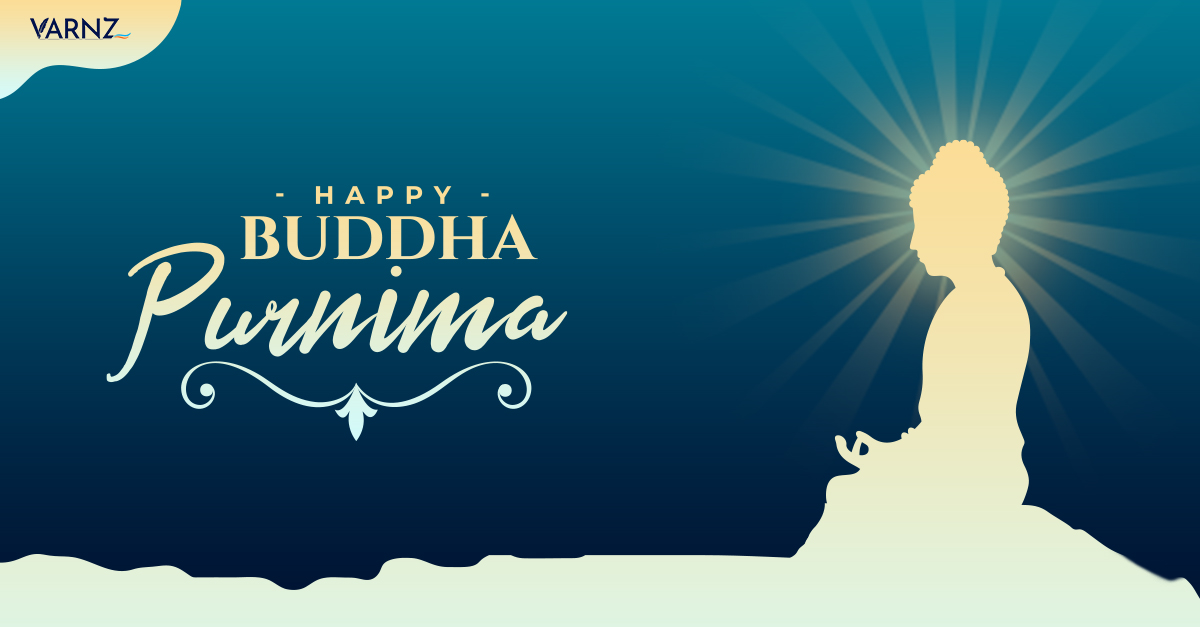Navratri, meaning "nine nights" in Sanskrit, is a Hindu festival celebrated with much enthusiasm and devotion across India and in various parts of the world. This festival is dedicated to Goddess Durga and is celebrated over a period of nine nights and ten days. Navratri is observed four times a year, with the most significant ones being the Chaitra Navratri, which falls in the month of March or April, and the Sharad Navratri, which occurs in September or October. This guide explores the significance of Navratri and the traditions associated with each day of this auspicious festival.
The Origins of Navratri:
Navratri is steeped in mythology and folklore. According to Hindu mythology, Goddess Durga fought the demon Mahishasura for nine days and nights before finally defeating him on the tenth day, known as Vijayadashami or Dussehra. This victory symbolizes the triumph of good over evil. The festival also marks the onset of the autumn season and is considered a propitious time for new beginnings and spiritual growth.
The Significance of the Nine Nights:
Each night of Navratri is dedicated to the worship of a different form of Goddess Durga, known as Navdurga. These forms are:
1. Shailaputri: Shailaputri, the embodiment of the divine mother, is worshiped on the first day of Navratri. She is revered as the daughter of the mountains, symbolizing strength and stability. Her depiction riding a bull signifies her connection to nature and her ability to overcome obstacles with grace. Holding a trident and a lotus in her hands, she represents the balance between power and beauty. Shailaputri's worship is a reminder of the importance of grounding ourselves in the natural world and finding stability amidst life's challenges.
2. Brahmacharini: Brahmacharini, the second form of Goddess Durga, is honored on the second day of Navratri. She is depicted as a symbol of austerity, walking barefoot with a rosary in one hand and a water utensil in the other. Her name signifies one who pursues the path of celibacy and knowledge. Brahmacharini embodies the essence of seeking higher wisdom and spiritual enlightenment. Her worship inspires devotees to embark on a journey of self-discovery and intellectual growth, emphasizing the importance of discipline and dedication in the pursuit of knowledge.
3. Chandraghanta: On the third day of Navratri, devotees worship Chandraghanta, the third form of Goddess Durga. She is portrayed with a crescent moon on her forehead and ten hands carrying weapons and symbols, symbolizing her fierce nature. Chandraghanta is a symbol of bravery and courage, inspiring her devotees to face challenges with strength and determination. Her worship signifies the triumph of good over evil and the importance of standing up against injustice. Chandraghanta's divine presence instills a sense of fearlessness and valor in her devotees, guiding them on the path of righteousness.
4. Kushmanda: On the fourth day of Navratri, devotees honor Kushmanda, the fourth form of Goddess Durga. Kushmanda is depicted with eight arms, riding a lion, and radiating a divine glow. She is revered as the creator of the universe, responsible for the cosmic egg from which the universe emerged. Worshiping Kushmanda is believed to bring strength, prosperity, and abundance. Her eight arms symbolize her immense power and ability to bestow blessings upon her devotees. Kushmanda's divine presence fills her worshippers with hope and positivity, inspiring them to strive for success and prosperity in life.
5. Skandamata: On the fifth day of Navratri, devotees pay homage to Skandamata, the fifth manifestation of Goddess Durga. Skandamata is depicted cradling her son, Skanda, in her lap, symbolizing motherly love, care, and protection. Skandamata's portrayal highlights the importance of maternal affection and the nurturing aspect of motherhood. Her worship is believed to invoke the qualities of compassion, patience, and selflessness in her devotees. Skandamata's presence instills a sense of security and warmth, reminding her worshippers of the unconditional love and protection that a mother provides.
6. Katyayani: On the sixth day of Navratri, devotees venerate Katyayani, the sixth form of Goddess Durga. Katyayani is depicted with four arms, riding a lion, symbolizing courage, and valor. She is worshiped for her ability to bestow victory over enemies and obstacles. Katyayani's worship is believed to enhance one's strength, determination, and fearlessness. Devotees seek her blessings to overcome challenges and emerge victorious in their endeavors, both in the physical and spiritual realms.
7. Kalaratri: On the seventh day of Navratri, devotees revere Kalaratri, the seventh form of Goddess Durga. Kalaratri is depicted with a dark complexion, symbolizing her fierce and powerful nature. She is depicted with four arms, holding a cleaver and a torch, representing her ability to destroy negativity and evil forces. Kalaratri's worship is believed to remove obstacles and bring about positive transformation in the lives of her devotees. Her fierce form reminds worshippers to confront and overcome their inner demons and negative tendencies.
8. Mahagauri: On the eighth day of Navratri, devotees honor Mahagauri, the eighth form of Goddess Durga. Mahagauri is depicted with four arms, riding a bull, symbolizing her calm and peaceful nature. She is revered for her purity and grace. Mahagauri's worship is believed to purify the mind, body, and soul of her devotees, bringing peace and harmony into their lives. Her gentle demeanor reminds worshippers of the importance of inner purity and tranquility.
9. Siddhidatri: On the ninth day of Navratri, devotees pay homage to Siddhidatri, the ninth and ultimate form of Goddess Durga. Siddhidatri is revered for her supernatural powers and ability to fulfill the desires of her devotees. She is depicted with four arms, symbolizing her divine nature. Siddhidatri's worship is believed to bestow blessings, success, and spiritual upliftment. Devotees seek her grace to attain spiritual perfection and fulfillment in all aspects of life.
The Celebrations of Navratri:
Navratri is celebrated with great fervor across India. People observe fasts, perform puja (worship), and participate in devotional songs and dances such as Garba and Dandiya Raas. In Gujarat and Maharashtra, Garba and Dandiya Raas are performed in large gatherings, where people dance in circles with colorful sticks or clapping hands to the rhythm of the music. These dances are not just a form of celebration but also a way to express devotion and gratitude towards the goddess.
Adding to the joy of Navratri is Varnz, offering a modern twist to traditional celebrations with its ai generated Navratri greeting cards. With Varnz, you can create personalized greetings effortlessly, choosing from a wide array of customizable templates and designs. Whether you want to convey warm wishes to your loved ones or share festive greetings with friends and family, Varnz makes it easy and convenient.
Features of Varnz AI Generated Navratri Greeting Cards Include:
- Customizable Templates: Choose from a wide range of templates to suit your style and preferences.
- Personalized Messages: Add your own message to make your greeting card more meaningful and heartfelt.
- Variety of Designs: Explore a variety of designs, colors, and themes to create a unique greeting card.
- Easy to Use: Varnz user-friendly interface makes it easy to create and customize your greeting cards in just a few simple steps.
- High-Quality Graphics: Enjoy high-quality graphics and designs that will make your greeting cards stand out.
- 2-Click Greeting Cards: Varnz 2-click greeting card feature, making it easier than ever to create personalized Navratri greetings with just a couple of clicks!
Celebrate Navratri in a special way this year with Varnz ai generated Navratri greeting cards, and spread joy and happiness among your loved ones.
Navratri in Different Regions:
While the basic essence of Navratri remains the same, the way it is celebrated varies from region to region. In North India, people fast and offer prayers to Goddess Durga. In West Bengal, Navratri is celebrated as Durga Puja, where elaborate pandals (temporary structures) are set up to worship the goddess. In South India, Navratri is celebrated as Golu, where dolls and figurines are displayed in homes and temples. Each region has its own unique way of celebrating Navratri, but the underlying theme of devotion and celebration remains constant.
Conclusion:
Navratri is not just a festival; it is a celebration of faith, devotion, and the triumph of good over evil. It is a time to seek the blessings of the divine and to reflect on the significance of each form of Goddess Durga. Through fasting, prayers, and festivities, Navratri brings people together in a spirit of unity and devotion, making it one of the most cherished festivals in Hindu culture. Whether you participate in the traditional rituals or simply admire the beauty and significance of the festival, Navratri is a time to celebrate the power of the divine feminine and the victory of light over darkness.























































































